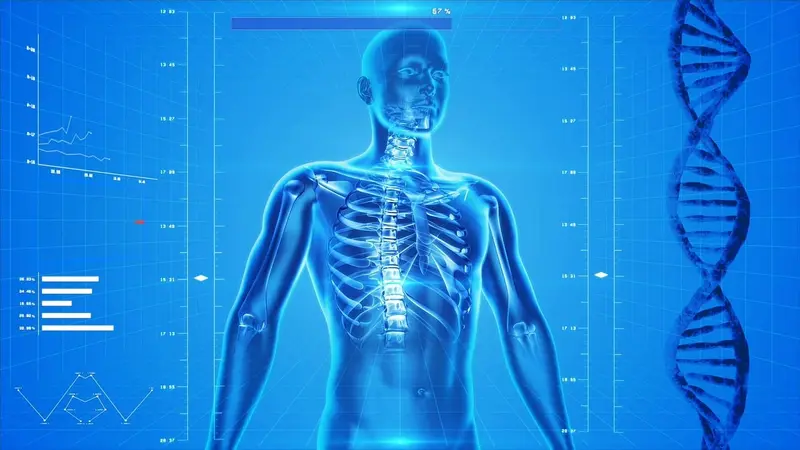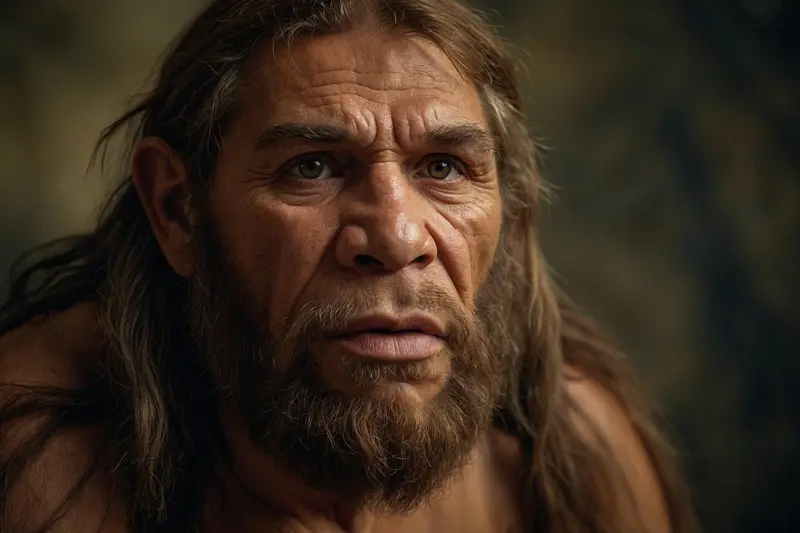Neanderthals and representatives of the Homo sapiens species had a fascinating and lengthy shared past. Traces DNA The presence of Neanderthal DNA in the genetic codes of modern humans indicates that these relationships were very close. Some scientists even believe it is necessary to stop classifying Neanderthals as a separate species.
Most of the research on this topic conducted previously focused on the flow of genes from Neanderthals to modern humans. These studies made sense, as we have a lot of human genetic material for analysis and significantly less Neanderthal DNA.
Recently, a team of Americans geneticists Under the leadership of Liming Li from Princeton University, a method was found to trace the flow of genetic material from humans to Neanderthals by conducting a very thorough analysis of Neanderthal DNA found in modern humans.

What scientists have learned
The research results showed a long-lasting, recurring connection between two groups of hominins that began 250,000 years ago. And, as the researchers discovered, the DNA of Neanderthals, which evidenced this early connection, prompted scientists to reassess the overall population of Neanderthals by approximately 20 percent.
“The lower estimated population size and projected dynamics of admixtures correspond to population data on Neanderthals, whose numbers decreased over time and were ultimately absorbed into the modern human gene pool,” the scientists reported.
Neanderthal DNA that remains from the true ones Neanderthals In fact, there aren’t many, as they disappeared about 40,000 years ago. Tests on the preserved genetic material have not provided evidence of human DNA.However, the genome of every person in the world contains at least a little Neanderthal DNA: between one and four percent.
Li and his colleagues used the international database of modern human genomes, 1000 Genomes, in their research, writes Science Alert For the identification of Neanderthal DNA in 2000 modern humans. genomes To extract information from this DNA, the team used the IBDmix method developed at Princeton.
Researchers were looking for a property known as heterozygosity: this parameter can be used to assess genetic diversity. High heterozygosity indicates high diversity, while low heterozygosity indicates the opposite. Thus, if the DNA sequence of a Neanderthal shows high heterozygosity, it suggests that this DNA may come from an individual who is a result of interbreeding with Homo sapiens.
Scientists have found traces of Neanderthal DNA in African individuals. Meanwhile, the Neanderthal DNA found in non-African individuals did not have such a signature. This allowed researchers to identify two specific pulses of gene flow from humans to Neanderthals. One occurred about 250,000-200,000 years ago, and the other around 120,000-100,000 years ago.

The team was also able to estimate the amount of human DNA present in some Neanderthal lineages. In particular, the genomes of Neanderthals from the Vindija Cave (Croatia) and the Altai Mountains may contain approximately 2.5% and 3.7% of modern human DNA, respectively. This suggests that scientists previously overestimated the population size of Neanderthals, which in turn sheds more light on their extinction.
Research by Li and his colleagues confirmed the theory that the Neanderthal population was absorbed by the Homo sapiens population, as well as several other previous findings, such as the disappearance of the Neanderthal Y chromosome.
“The assimilation of Neanderthals into the population of modern humans as they spread across Eurasia would have effectively increased the numbers of modern human populations while simultaneously reducing the population of Neanderthals, which was already under threat,” the scientists noted.
The conclusions of the study were published by the journal Science.
